5 Essential tips for choosing the perfect pottery clay
Creating beautiful and functional pottery is a timeless art form that has captivated people for centuries. Whether you’re a seasoned ceramic artist or a beginner looking to embark on a creative journey, selecting the right pottery clay is a critical first step in achieving your artistic vision. The world of pottery offers a diverse range of clay types, making the selection process both exciting and challenging. In this guide, we’ll delve into the fascinating world of pottery clay, providing you with essential knowledge and tips to help you make informed decisions when choosing the clay that best suits your projects.
1. Clay type and composition
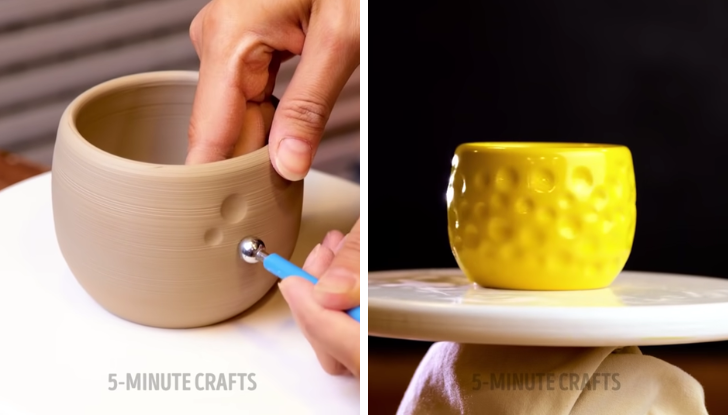
- Earthenware, Stoneware, or Porcelain: The primary categories of pottery clay are earthenware, stoneware, and porcelain. Earthenware is porous and fired at lower temperatures, making it suitable for decorative pieces. Stoneware is versatile and often used for functional pottery, while porcelain is known for its delicacy and translucency. Choose the type that aligns with your project’s purpose and desired aesthetics.
2. Workability and plasticity
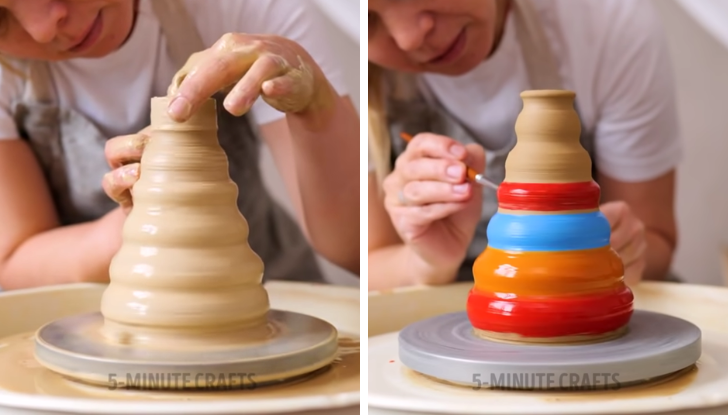
- Texture and Feel: The tactile quality of the clay matters. Test the clay’s plasticity by squeezing it in your hand; it should be malleable without excessive cracking or crumbling. The ease with which you can shape the clay is essential, especially for intricate designs or wheel-throwing
3. Firing temperature
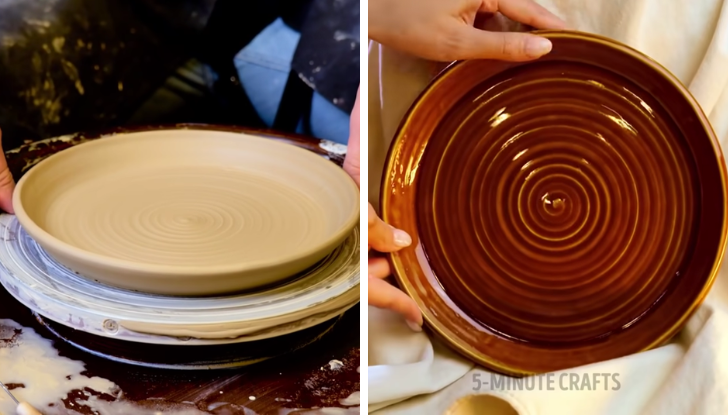
- Cone Rating: Clays are classified by their firing temperature, often referred to by cone ratings. Low-fire clays (cone 06-2) are suitable for earthenware, mid-fire clays (cone 4-6) for stoneware, and high-fire clays (cone 8-10) for porcelain. Ensure your chosen clay aligns with your kiln’s capabilities.
4. Glaze compatibility
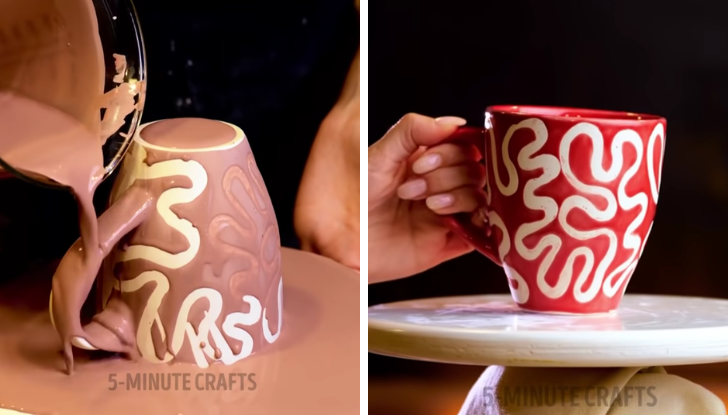
- Matching Glaze: Consider whether you plan to glaze your pottery. Different clays may require specific glazes to achieve the desired finish. Some clays and glazes complement each other better than others, so it’s crucial to ensure compatibility.
5. Project goals and aesthetics
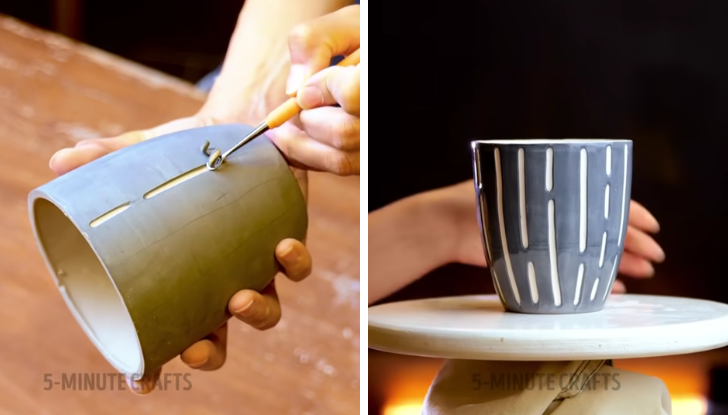
- Project Vision: Your choice of clay should harmonize with your artistic intent. If you’re creating rustic, earthy pottery, earthenware may be ideal. Stoneware offers versatility for functional pieces, while porcelain is perfect for intricate, delicate forms. Keep your artistic goals and the final appearance of your work in mind.
Check the video for a mesmerizing clay pottery process
Share This Article